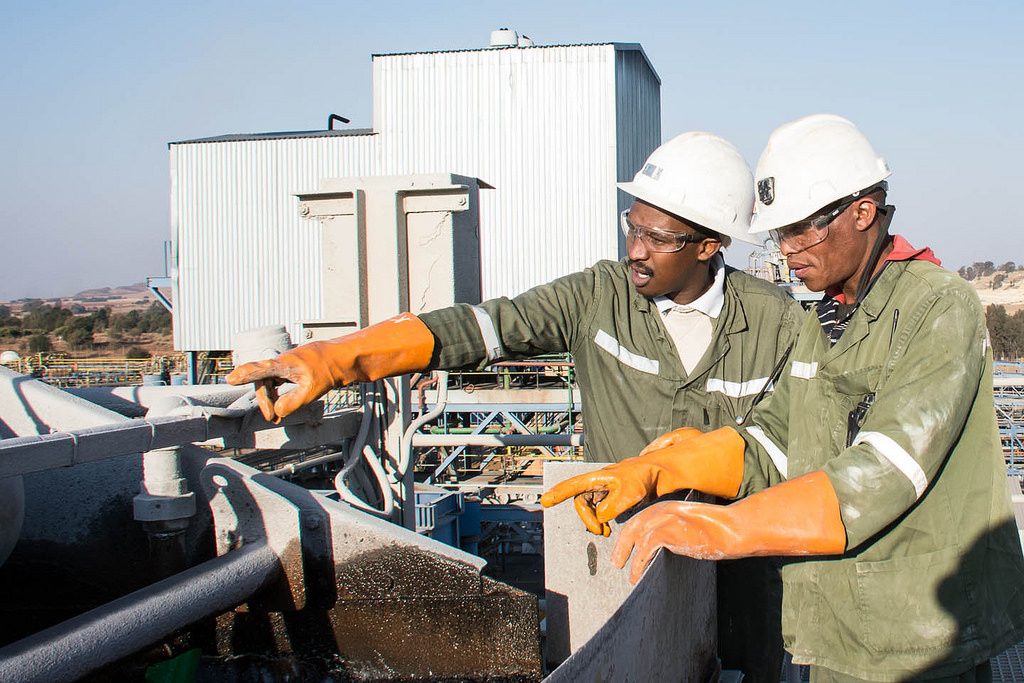
Sibanye Gold (JSE:SGL) (NYSE:SBGL), South Africa’s largest producer of the precious metal, fired Thursday more than 1,500 workers taking part in a now 9-day strike at its Cooke mine.
The Johannesburg-listed company, which was spun out of Gold Fields in 2013, said last week the labour action, which has dozen assaulted in a wave of intimidation and hundreds arrested, was triggered by worker anger at the company’s actions to eradicate illegal miners from the operations.
Workers at the mine downed tools over a week ago, angered by the company’s actions to eradicate illegal miners from its operations.
Some of those measures have included the arrest of employees for collusion, and a policy that forbids food in underground operations, as a way to avoid it reaches illegal miners working there.
The National Union of Mineworkers (NUM), the largest coalition in South Africa’s gold sector, pegged the number of sacked miners at nearly 2,000, including 1,100 of its members. The company, however, said only 793 NUM members were dismissed, Reuters reported.
According to NUM, members of rival union the Association of Mineworkers and Construction Union (AMCU) have coerced its members into joining the strike. It has also said that AMCU workers, which mostly opposed the ban on food supply to underground workers, have repeatedly attacked NUM members.
South Africa holds the biggest reserves of platinum, chrome and manganese. In 2010, Citigroup Inc. valued the nation’s mineral wealth at $2.5 trillion, the most of any nation.
Top miners including Anglo American, Glencore and AngloGold Ashanti have operations in South Africa.